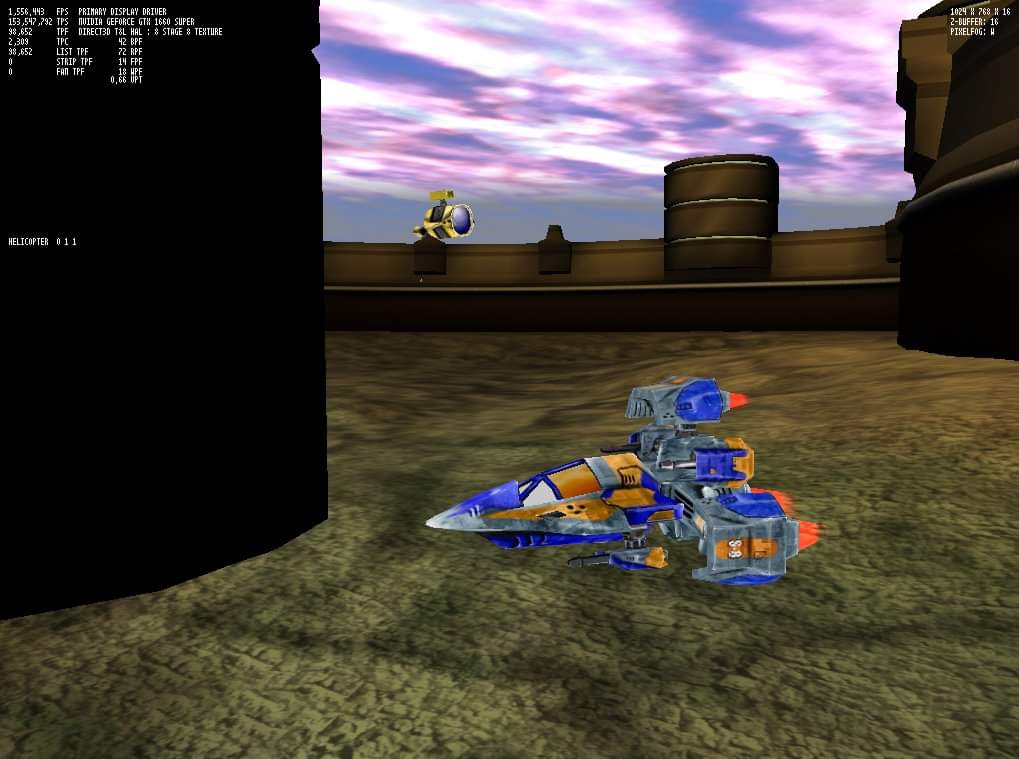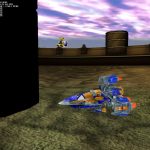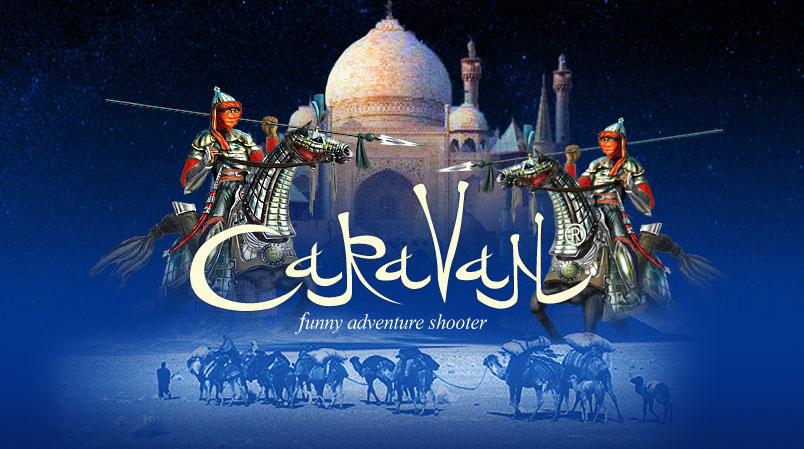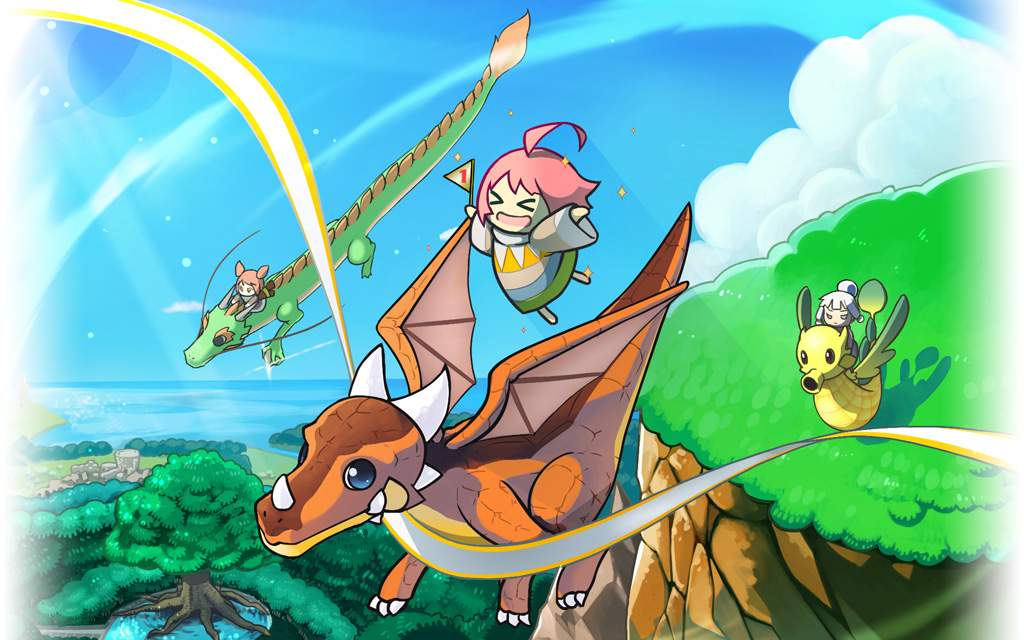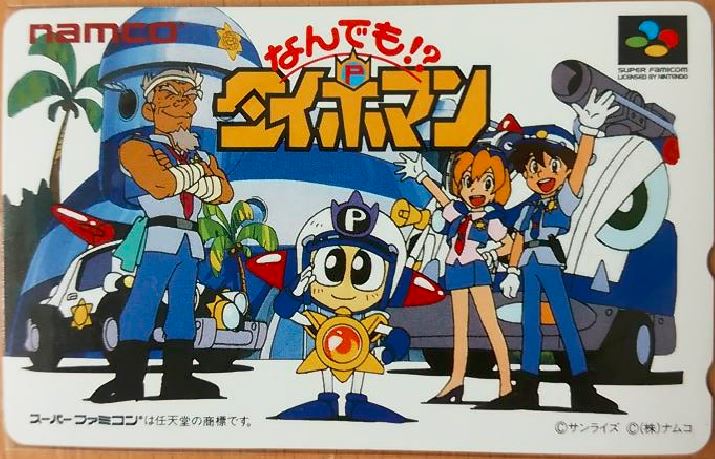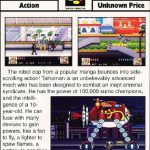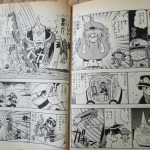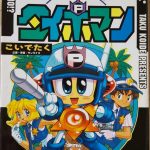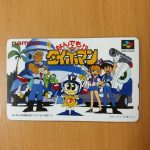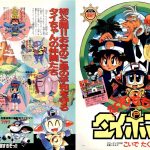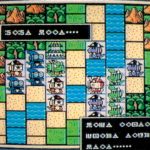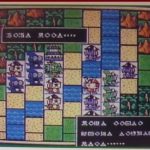Battle Rigs (AKA Construction Derby) is a cancelled vehicular combat game that was in development by Rage Software Sheffield around 2000 – 2001, planned to be released for the original Xbox and PC. At the time the team was mostly known for their work on Gun Metal and Incoming, proving their skills with first person and third person shooters. In Battle Rigs players would have been able to build their own sci-fi tank / spaceship to fight in single player and online multiplayer deathmatches.
While Battle Rigs was never officially announced before being canned, former Rage developer James Sutherland found a playable prototype of their lost project and shared one screenshot on Twitter.
Images:

